Everything is changing in the EU regarding the fuel consumption of heavy vehicles. The European Commission's pioneering VECTO system was developed by a Greek scientist, Dr. Dimitrios Savvidis. EU proposal for monitoring and reporting CO2 emissions from heavy-duty vehicles (lorries and buses).
EU proposal for monitoring and reporting CO2 emissions from heavy-duty vehicles (lorries and buses).
Promoting the use of the most fuel-efficient heavy-duty vehicles is a prerequisite for achieving a competitive, low-carbon (CO2) road transport sector in the EU.
In 2014, greenhouse gas emissions from heavy duty vehicles (i.e. trucks, buses and coaches) accounted for around 5% of total EU emissions and around a quarter of carbon dioxide emissions from road transport. Emissions from HDVs are set to increase by 10% between 2010 and 2030, so immediate action is needed to reduce them.
 The European Commission's new proposal on the monitoring and reporting of CO2 emissions is the first EU legislation to specifically address CO2 emissions from these vehicles. It is a prerequisite for further legislation on CO2 emission standards for HDVs, which the Commission will propose in 2018.
The European Commission's new proposal on the monitoring and reporting of CO2 emissions is the first EU legislation to specifically address CO2 emissions from these vehicles. It is a prerequisite for further legislation on CO2 emission standards for HDVs, which the Commission will propose in 2018.
Monitoring and reporting the CO2 emissions and fuel consumption of new vehicle engines will increase transparency in this market and fill the current gap in vehicle energy efficiency. It will also allow transporters and drivers of these heavy vehicles to make informed decisions when purchasing any vehicle and boost manufacturers' competitiveness.
What is the European Commission's proposal?
From 1 January 2019, truck manufacturers (for buses and coaches the relevant date will be approximately 1.5 -2 years later) will have to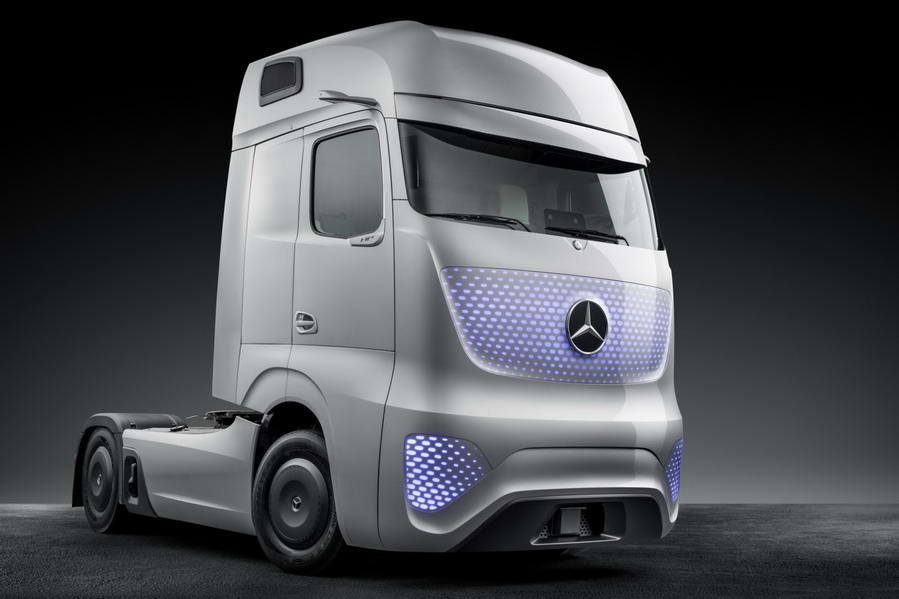 calculate the CO2 emissions and fuel consumption of new vehicles they produce for sale and registration on the EU market, using the new Vehicle Energy Consumption calculation tool (VECTO). This information will be declared for the registration of vehicles under the European type-approval legislative framework in application of the certification regulation, a new Commission regulation voted and adopted on 11 May 2017 by the Technical Committee of Motor Vehicles (TCMV).
calculate the CO2 emissions and fuel consumption of new vehicles they produce for sale and registration on the EU market, using the new Vehicle Energy Consumption calculation tool (VECTO). This information will be declared for the registration of vehicles under the European type-approval legislative framework in application of the certification regulation, a new Commission regulation voted and adopted on 11 May 2017 by the Technical Committee of Motor Vehicles (TCMV).
With the new proposal on the monitoring and reporting of CO2 emissions, the Commission will collect all reported data on CO2 emissions and fuel consumption through a monitoring and reporting system. The data will be published by the European Environment Agency (EEA) on behalf of the Commission, starting in 2020 with data and values declared and reported in 2019 (the previous year). This new system will complement the existing reference system for passenger and light commercial vehicles.
This new system will complement the existing reference system for passenger and light commercial vehicles.
Under the new vehicle certification regulation, manufacturers will have to calculate the CO2 emissions and fuel consumption of new trucks over 7.5 tonnes. The scope of the regulation is expected to be amended in the future to include smaller trucks, buses and coaches. The same regulation will also allow for the monitoring and reporting of CO2 from the above vehicle categories.
How does it work?
The designated national authorities (e.g. Ministries of Transport) will submit annually to the Commission, through the European Environment Agency, data and information on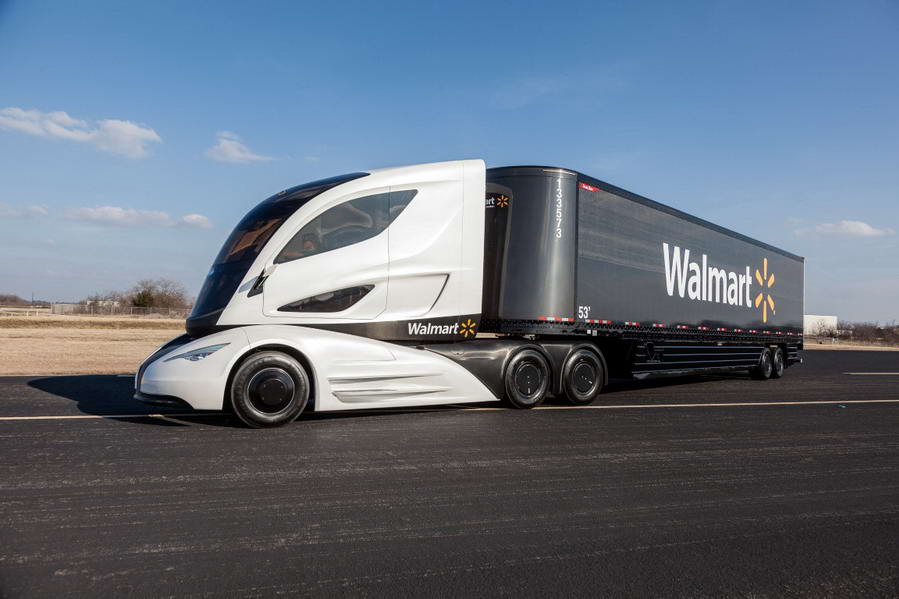 the new heavy duty vehicles (HDVs) registered in each EU Member State.
the new heavy duty vehicles (HDVs) registered in each EU Member State.
HDV manufacturers will submit to the Commission (via the European Environment Agency) monitoring data for vehicles produced in each calendar year, in particular CO2 emissions, fuel consumption and other relevant technical data.
Based on vehicle classifications, these two databases will be combined, cross-checked and checked by the European Environment Agency, in order to obtain and publish specific monitoring data per vehicle, manufacturer and Member State each year.
What are the expected benefits?
Data on CO2 emissions and fuel consumption of new trucks placed on the EU market will be made available to all interested parties. • This will be particularly beneficial for all EU small and medium-sized transport companies with a small number of vehicles. They will be able to compare and buy more efficient and economical (in terms of fuel consumption) vehicles, allowing them to save money on fuel bills, which according to research, represent over a quarter of the running costs of these vehicles.
• This will be particularly beneficial for all EU small and medium-sized transport companies with a small number of vehicles. They will be able to compare and buy more efficient and economical (in terms of fuel consumption) vehicles, allowing them to save money on fuel bills, which according to research, represent over a quarter of the running costs of these vehicles.
• It will also promote innovation and competition among manufacturers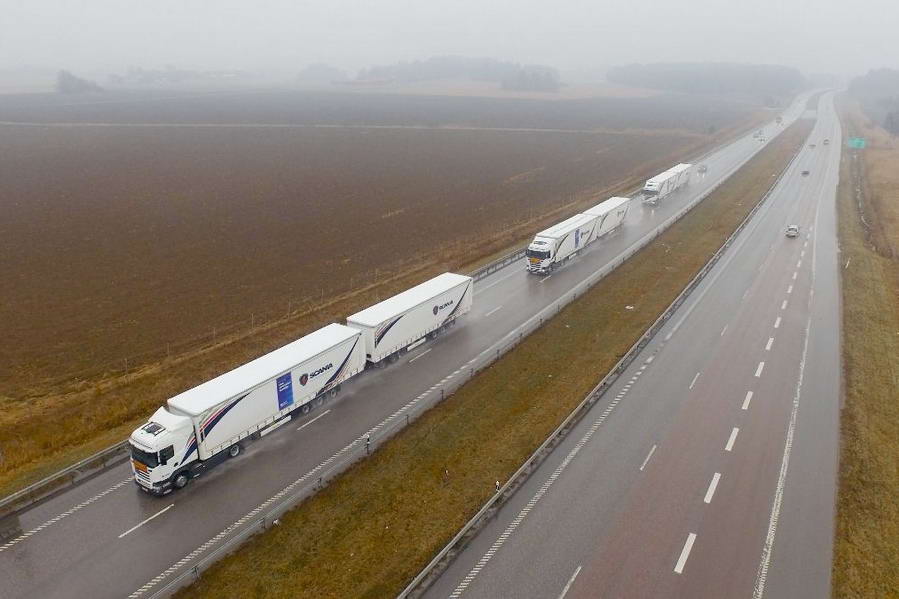 to produce more energy-efficient vehicles. Considering that other major global markets such as the US, Canada, China and Japan have already introduced fuel efficiency measures for HDVs, it is crucial for the EU automotive industry to maintain its momentum and its current leadership in vehicle efficiency.
to produce more energy-efficient vehicles. Considering that other major global markets such as the US, Canada, China and Japan have already introduced fuel efficiency measures for HDVs, it is crucial for the EU automotive industry to maintain its momentum and its current leadership in vehicle efficiency.
• Public authorities will have access to data that will help them design and implement policies to promote more efficient trucks, for example through relevant taxation and road charges. It will also allow for data analysis, such as assessing the level of penetration of CO2 reduction technologies.
What is the expected cost?
The only financial cost for implementing the proposal is administrative and is expected to be to be negligible:
to be negligible:
• for vehicle manufacturers, approximately 1 euro per vehicle to be monitored and its data reported
• for each EU Member State, approximately €3,500 on average per year for monitoring and reporting registration data.
What is VECTO?
HDVs are quite complex vehicles and testing each of them in real-world conditions to determine CO2 emissions and fuel consumption would be was very difficult and laborious. Therefore, the Commission developed a new tool, the Vehicle Energy Consumption Calculation Tool (VECTO), in close cooperation with all stakeholders (automotive industry, NGOs, Member States, etc.). VECTO is a simulation software that can be used to cost-effectively and reliably measure the CO2 emissions and fuel consumption of HDVs for specific test cycles, loads and fuels, based on input data from the various components and parts of the vehicle. It is therefore the tool that will be used to calculate the fuel consumption and CO2 emissions of the whole vehicle.
was very difficult and laborious. Therefore, the Commission developed a new tool, the Vehicle Energy Consumption Calculation Tool (VECTO), in close cooperation with all stakeholders (automotive industry, NGOs, Member States, etc.). VECTO is a simulation software that can be used to cost-effectively and reliably measure the CO2 emissions and fuel consumption of HDVs for specific test cycles, loads and fuels, based on input data from the various components and parts of the vehicle. It is therefore the tool that will be used to calculate the fuel consumption and CO2 emissions of the whole vehicle.
What are the next steps?
As was also understood from the European strategy, COM(2016)501 20/7/2016, published in July 2016 on low-emission mobility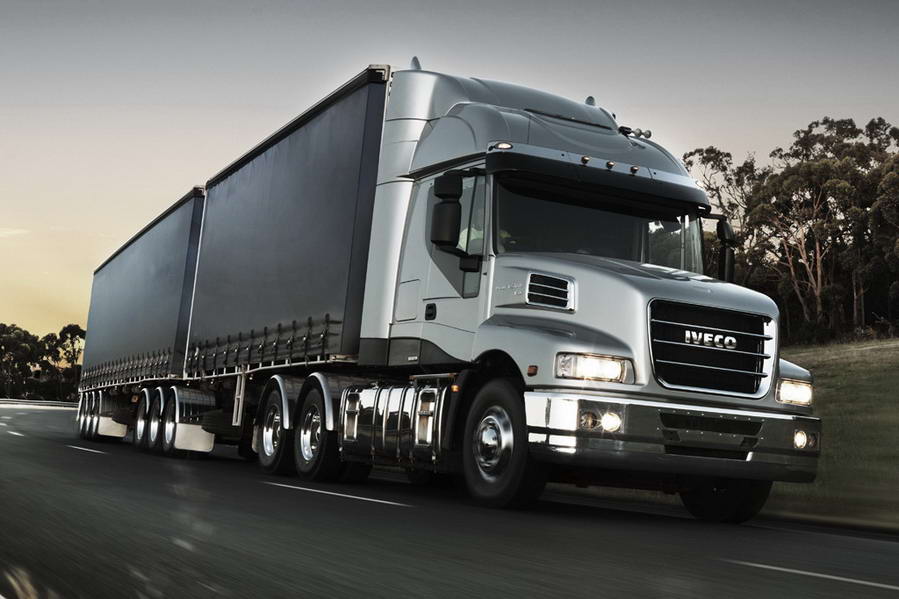 pollutants, the EU should introduce measures to actively reduce CO2 emissions from the heavy-duty vehicle sector and contribute to achieving the EU's broader commitments under the global Paris Agreement. This proposal on the monitoring and reporting of CO2 emissions from heavy-duty vehicles, together with the new certification regulation in the context of vehicle type-approval, is a necessary first step. As a second important step, the Commission will present a proposal in 2018 on CO2 emission standards for HDVs.
pollutants, the EU should introduce measures to actively reduce CO2 emissions from the heavy-duty vehicle sector and contribute to achieving the EU's broader commitments under the global Paris Agreement. This proposal on the monitoring and reporting of CO2 emissions from heavy-duty vehicles, together with the new certification regulation in the context of vehicle type-approval, is a necessary first step. As a second important step, the Commission will present a proposal in 2018 on CO2 emission standards for HDVs.
Greek scientist Dr. Dimitrios Savvidis
Dr. Dimitrios Savvidis works as a Seconded National Expert at the European Commission in the Directorate-General for Climate Action (DG CLIMA) in Brussels. responsible for the development and implementation of EU policy on the reduction of CO2 emissions from heavy-duty vehicles (lorries and buses) while preparing the legislation to be implemented in the near future. He is responsible for the development and evolution of the VECTO simulation tool for calculating fuel consumption and CO2 emissions from heavy-duty vehicles. He works closely with the global automotive industry, EU Member State authorities, Non-Governmental Organisations
responsible for the development and implementation of EU policy on the reduction of CO2 emissions from heavy-duty vehicles (lorries and buses) while preparing the legislation to be implemented in the near future. He is responsible for the development and evolution of the VECTO simulation tool for calculating fuel consumption and CO2 emissions from heavy-duty vehicles. He works closely with the global automotive industry, EU Member State authorities, Non-Governmental Organisations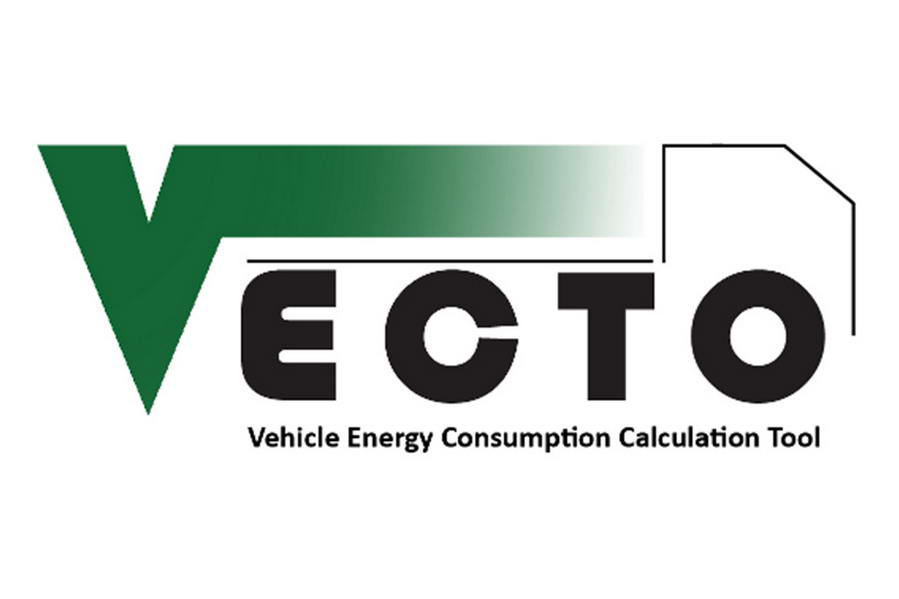 (NGO) while also communicating with the authorities of the United States of America, China and Japan with the aim, in the long term, of aligning the limits for pollutant emissions worldwide. It manages projects related to its responsibilities funded by the European Commission, while participating in meetings of the European Commission, the Council of Europe and the European Parliament.
(NGO) while also communicating with the authorities of the United States of America, China and Japan with the aim, in the long term, of aligning the limits for pollutant emissions worldwide. It manages projects related to its responsibilities funded by the European Commission, while participating in meetings of the European Commission, the Council of Europe and the European Parliament.
He holds a PhD from the University of Leeds, England, and two Master's degrees from the same university. He held (2012-2014) the chair of professor in the Department of Mechanical Engineering.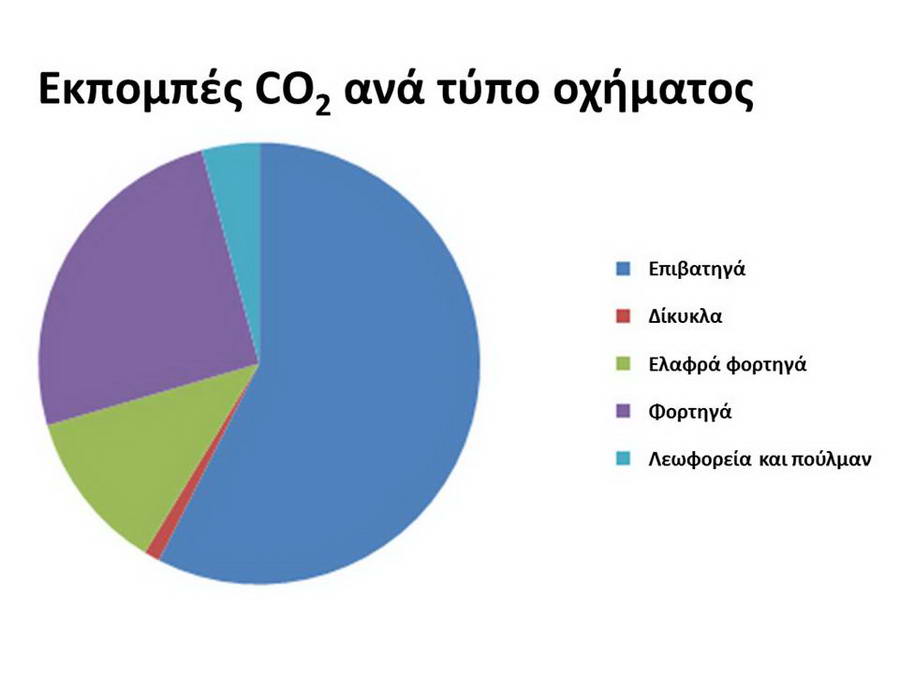 of the University of Antwerp in Belgium and is now a visiting professor at various universities in Europe.
of the University of Antwerp in Belgium and is now a visiting professor at various universities in Europe.
From 2010 to 2012, he served as a National Expert at the Directorate-General for Industry and Enterprise of the European Commission (DG ENTR), responsible for the Community Directive 97/68/EC on emissions from non-road mobile machinery. From 2003 to 2010, he worked at the Technical University of Thessaloniki as a fully qualified laboratory associate.
 He has also worked (2001-2003) at Iveco UK, at the company's headquarters in London, as a Homologation Engineer. In 2007, he was hired through ASEP in the Prefecture of Thessaloniki, now the Region of Central Macedonia, and was assigned to the Directorate of Transport and Communications of West Thessaloniki.
He has also worked (2001-2003) at Iveco UK, at the company's headquarters in London, as a Homologation Engineer. In 2007, he was hired through ASEP in the Prefecture of Thessaloniki, now the Region of Central Macedonia, and was assigned to the Directorate of Transport and Communications of West Thessaloniki.
Dr. Dimitrios Savvidis has more than 40 publications in international scientific journals and conference proceedings, and has served as a reviewer in many international scientific journals. He is the author of the book “Modern Braking Systems and Safety”. He speaks English, Italian, French and Dutch. More information can be found on his personal website www.dsavvidis.gr


